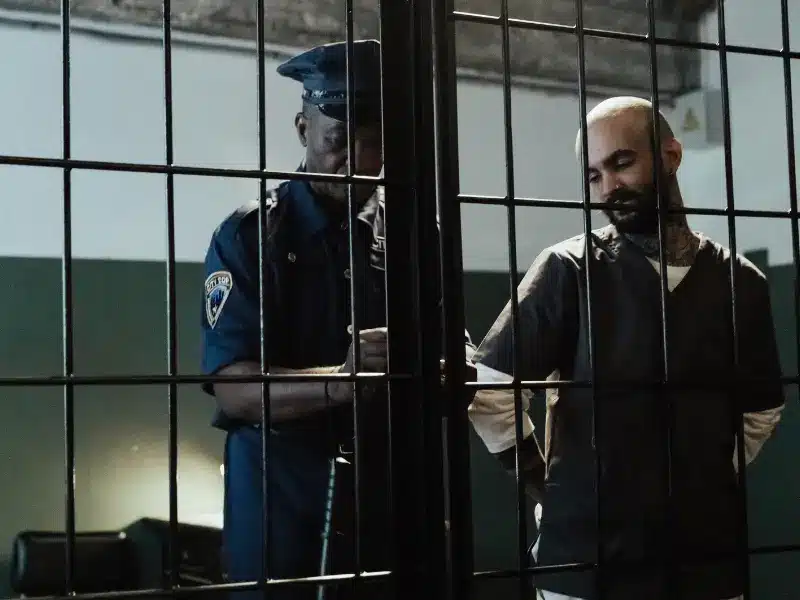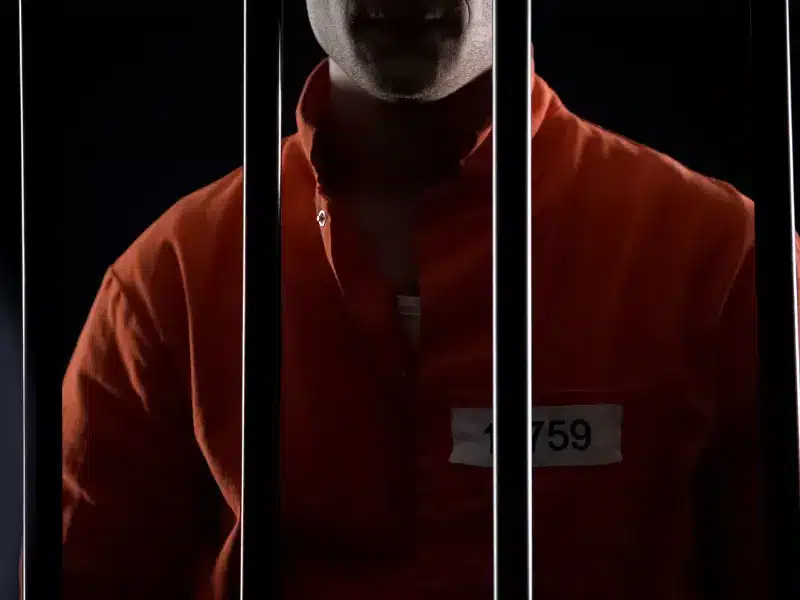Is it true that the majority of individuals in jail are being kept without charge? What percentage of violent offenders in prison is due to the drug war? Because the USA’s prison systems are so dispersed, these questions are more difficult to answer than you may expect.

The pandemic poses a particularly serious threat to the nation’s jails and prisons, where confined populations are unable to take prescribed measures.
frequently lack access to basic necessities like soap and hand sanitizer — and in some cases, running water has been considerable.
As a result, federal and state officials have begun to free thousands of inmates. So, how can you determine the exact rate of innocent people in jail? Is it possible to take action for them? And why can’t we find them?
We know you have a lot of questions rather than these ones. In this article, we will talk about all those heinous acts, and how they ended up in jail. Stay with us to know more about this and understand what actually matters.
Why are there so many people incarcerated?
There are numerous current myths about incarceration. Most of them are partially true, but certain myths divert our attention away from the most important causes of incarceration.
Overcriminalization of drug use, the use of private prisons, and low-paid or unpaid prison labor are among the most divisive topics in criminal justice today. They don’t, however, address why the majority of people are detained or how drastically.
Similarly, emotional reactions to sexual and violent crimes sometimes distract critical discussions about the social, economic, and moral consequences of incarceration and permanent punishment.
Cops, prosecutors, and courts continue to slap victims with draconian penalties for little more than drug possession.
Nearly half a million Americans are still incarcerated for drug offenses, and nonviolent drug convictions are still a defining element of the federal prison system.
If you wanna know the percentage of violent offenders in prison, you’ll be surprised! Every year, police make over one million narcotics possession arrests, many of which result in prison sentences.
What percentage of violent offenders in prison are there?
Those charged with or convicted of serious crimes are rarely considered in the discussion over whom convicts to release early and what to do with them. Save to say that they should remain behind bars.
Current officials recommended a furlough policy that would exclude anyone with a current or former conviction for a violent offense, among other things.
Unfortunately, such an unwillingness to consider violent crimes is to be expected. Even after a decade of sustained efforts to improve the way this country deals with crime, substantive discussions about how we deal with violence are nearly impossible to have.
Nobody knows how many falsely convicted people are incarcerated in the United States, but we do know they exist.
That’s because there’s proof occasionally. DNA testing, which has cleared 375 people in the United States since 1989, is the most conclusive way to uncover false convictions. Twenty-one of them had been sentenced to death.
Researchers can extrapolate from the number of DNA exonerations to determine how many innocent people are now incarcerated. The majority of estimates place the figure between 1% and 5%.
With almost 2.3 million individuals in prison in the United States, we have a low-end estimate of more than 20,000 people and a high-end estimate of more than 100,000.
Conclusion
The term “innocent until proven guilty” is a cornerstone of the American criminal justice system. It is an accused America’s most fundamental right.
This article examines where and why people are imprisoned in the United States and debunks several current myths in order to concentrate attention on the underlying drivers of mass incarceration.












